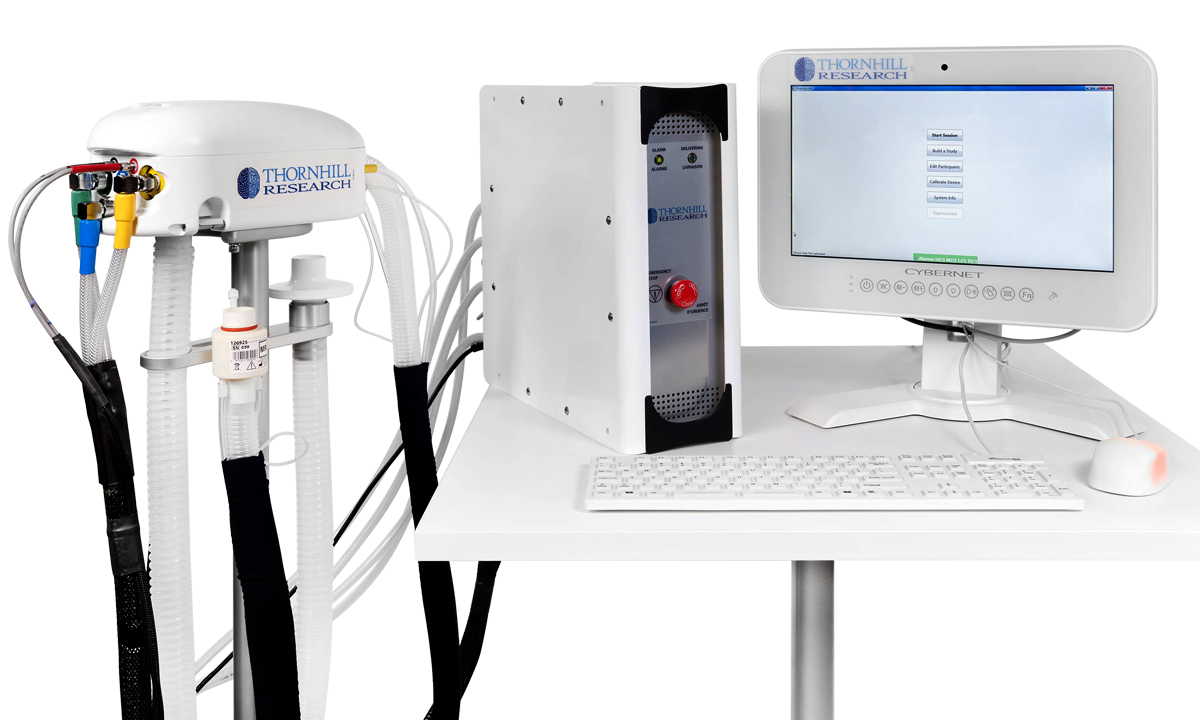Thornhill Medical has a patented technology that may have direct application for the research findings of the 2019 Nobel Prize for Medicine winners.
In Sweden on October 7, three international scientists were awarded the nearly US$1 million prize for their work showing how cells sense low oxygen levels and the many ways the body’s organs change to adapt. The trio “revealed the mechanism for one of life’s most adaptive processes” the Nobel committee said.
The many adaptions to low oxygen levels inside cells can have beneficial and powerful healing properties in a large number of diseases. The Nobel scientists studied and documented many of these processes as they occur in test tubes. However, inducing low oxygen levels in living people is much more difficult, as lowering oxygen too much deprives the cells of what they need to produce energy used to survive and function.
The most likely therapeutic applications of the Nobel research will involve drugs that promote certain aspects of the beneficial effects of low oxygen, and, protect other cell functions from being damaged. In doing so, the degree of reduced oxygen must be carefully and precisely controlled for optimal results.
Until recently, such careful control of the oxygenation of the blood and tissues has not been possible. This is because the blood oxygen depends not only on the inhaled oxygen concentration, but also on how the subject breathes, and that cannot be controlled in awake patients.
For the last 15 years, Dr. Joe Fisher, Chief Scientific Officer, Thornhill Medical, and his colleagues have been innovating a system that precisely controls the carbon dioxide concentrations in awake people, regardless of how they breathe, in MRI machines. This is used to test brain blood vessel function to assess the risk of stroke.
“It turns out that the exact same approach and technology enables us to precisely control the oxygen in the blood of awake people,” says Dr. Fisher. “Currently, reductions in oxygen are being investigated in the treatment of heart attacks, spinal cord injuries, and cancer. Our technology happens to be uniquely suitable as the precise controller for all these applications. This may well be the link required to move the Nobel science from the test tube to the patient bedside.”

The RespirAct™ gas control system, an investigational tool, is presently being used in the University of Toronto teaching hospitals, others across Canada, and in total more than 40 institutions globally, all of them marquee research facilities. Most (but not all) are used to control carbon dioxide. At least two centers are currently using it for the control of oxygen, and it is under consideration for that purpose in a third.
Dr. Aaron Phillips is assistant professor, Physiology & Pharmacology, Cardiac Sciences and Clinical Neurosciences at Calgary’s Hotchkiss Brain Institute. He completed Postdoctoral Fellowships in the University of British Columbia – International Collaboration on Repair Discoveries. His work focuses on the human brain and spinal cord with cardiac and vascular ultrasound, and arterial blood gas reactivity testing, as key clinical tools.
“Having the ability to precisely dose oxygen and carbon dioxide in our work may help develop treatments for spinal cord injury and understand stroke risk in patients. Of course, this is a tremendous strength,” Dr. Phillips says. “The work of the Nobel Prize winners helps researchers better understand vascular pathways, and, investigational tools such as RespirAct™ permit us to apply and experiment with blood gas reactivity in a clinical setting.”
Olivia Sobczyk is a Scientist at Thornhill Medical. Dr. Sobczyk obtained her PhD working in the laboratory of Dr. David Mikulis, head of MRI brain research at UHN. Her doctoral work studied brain blood vessels in patients at risk for strokes using the RespirAct™ and MRI imaging. Through her research over the years, she has become an expert user of the RespirAct™ technology and contributed to its technical and clinical evolution.
Over the years that we have spent developing our technology, it’s rewarding to see potential applications beyond our initial expectations … this holds tremendous promise when it comes to predicting, repairing, and treating some of our most debilitating human conditions.
Olivia Sobczyk, Scientist, Thornhill Medical.
